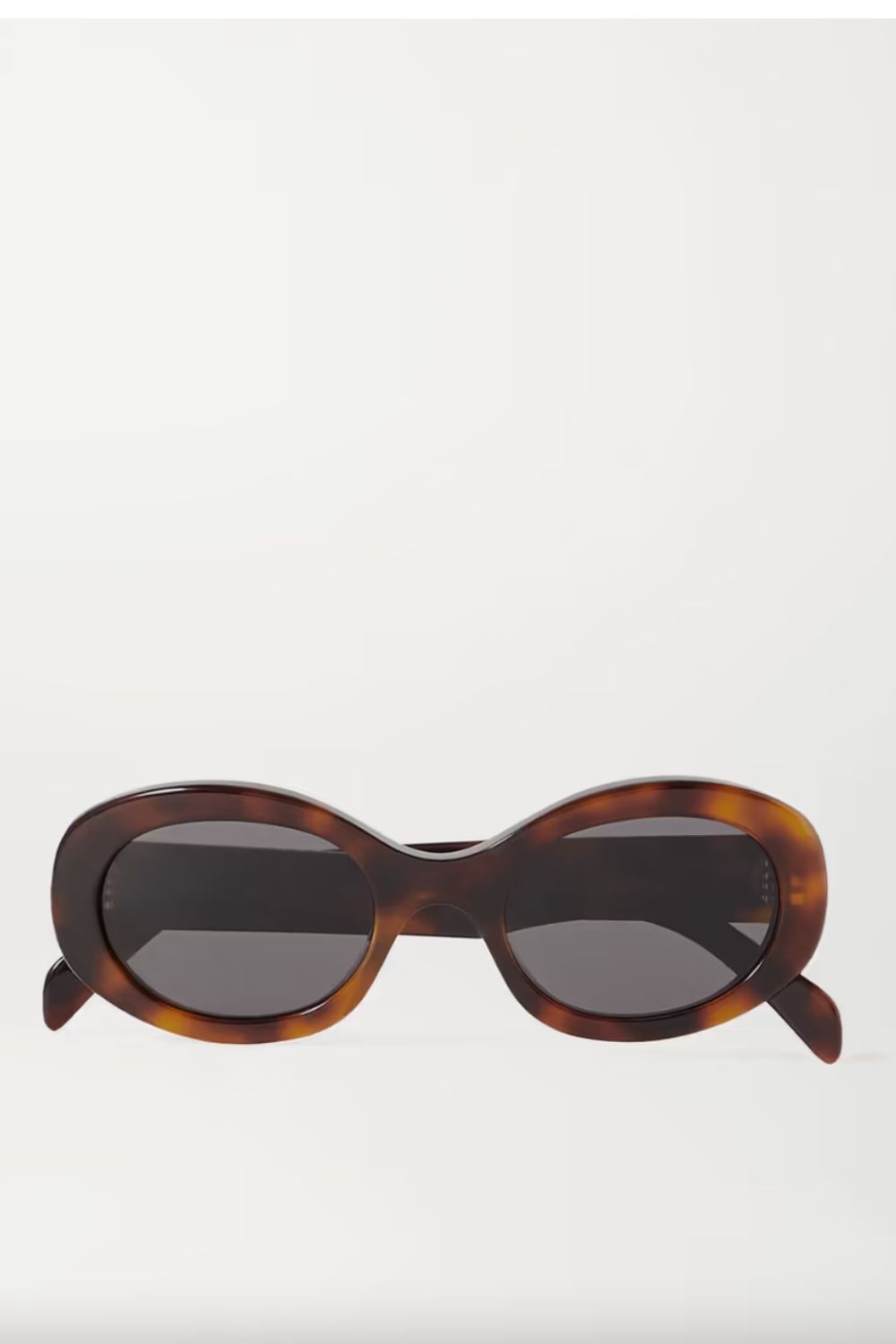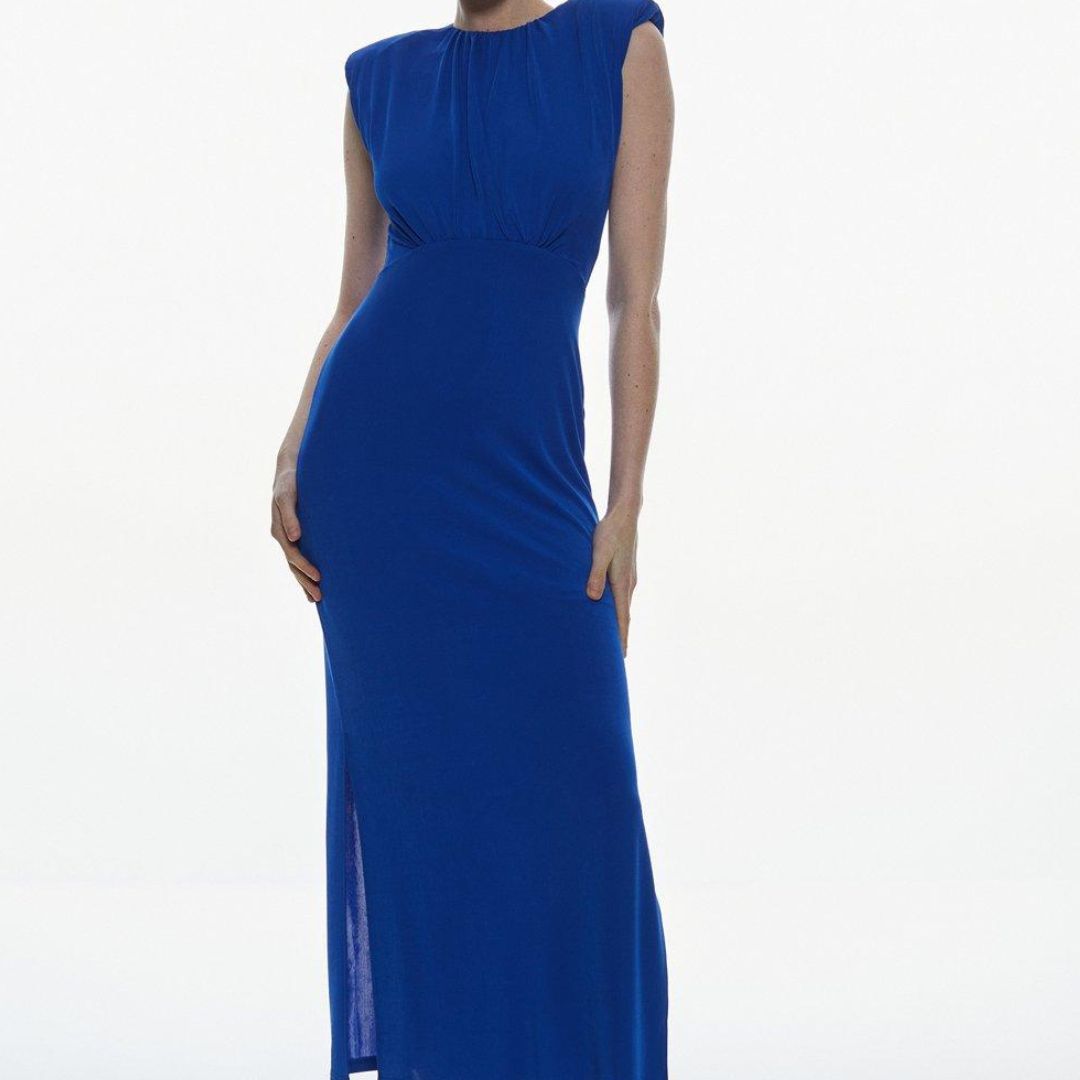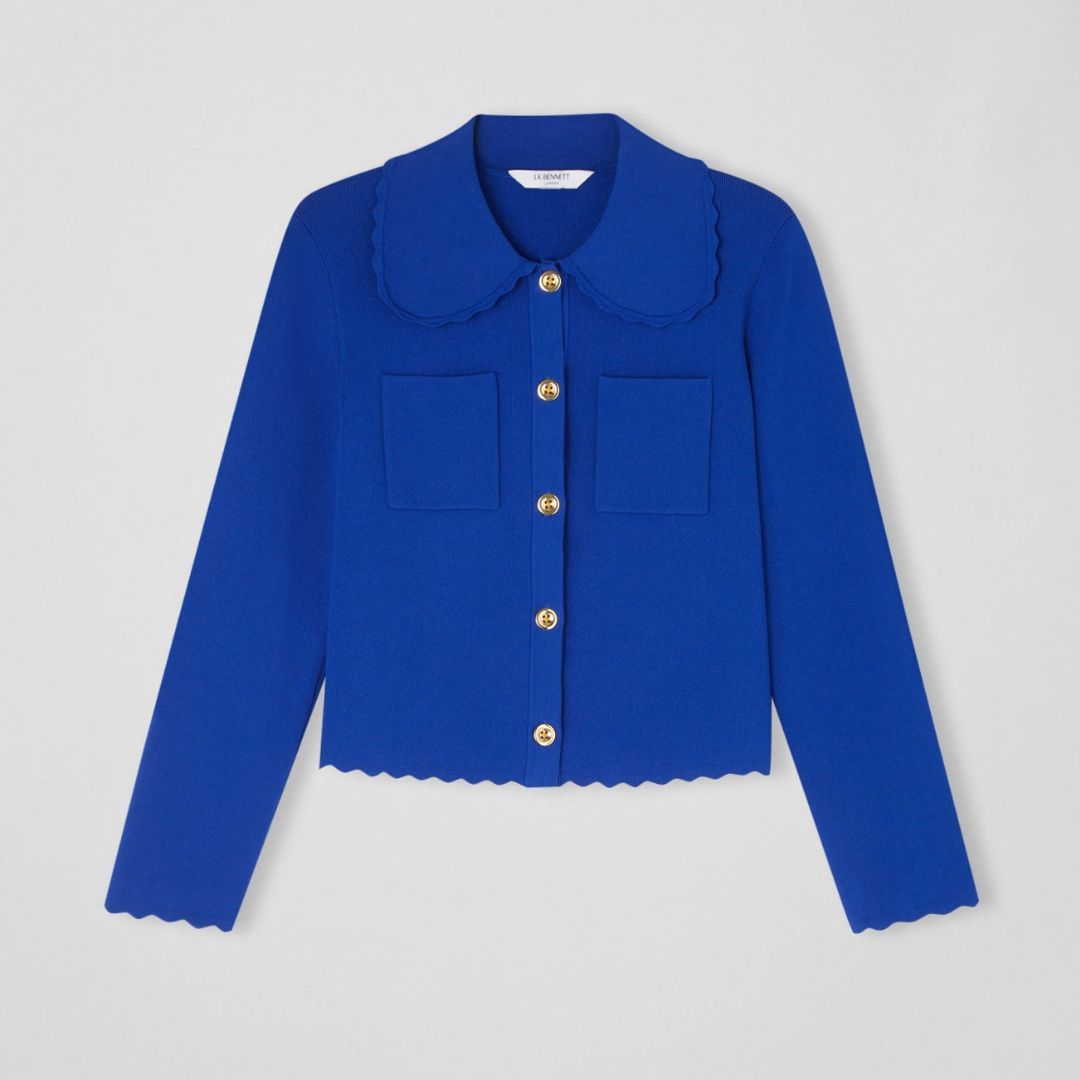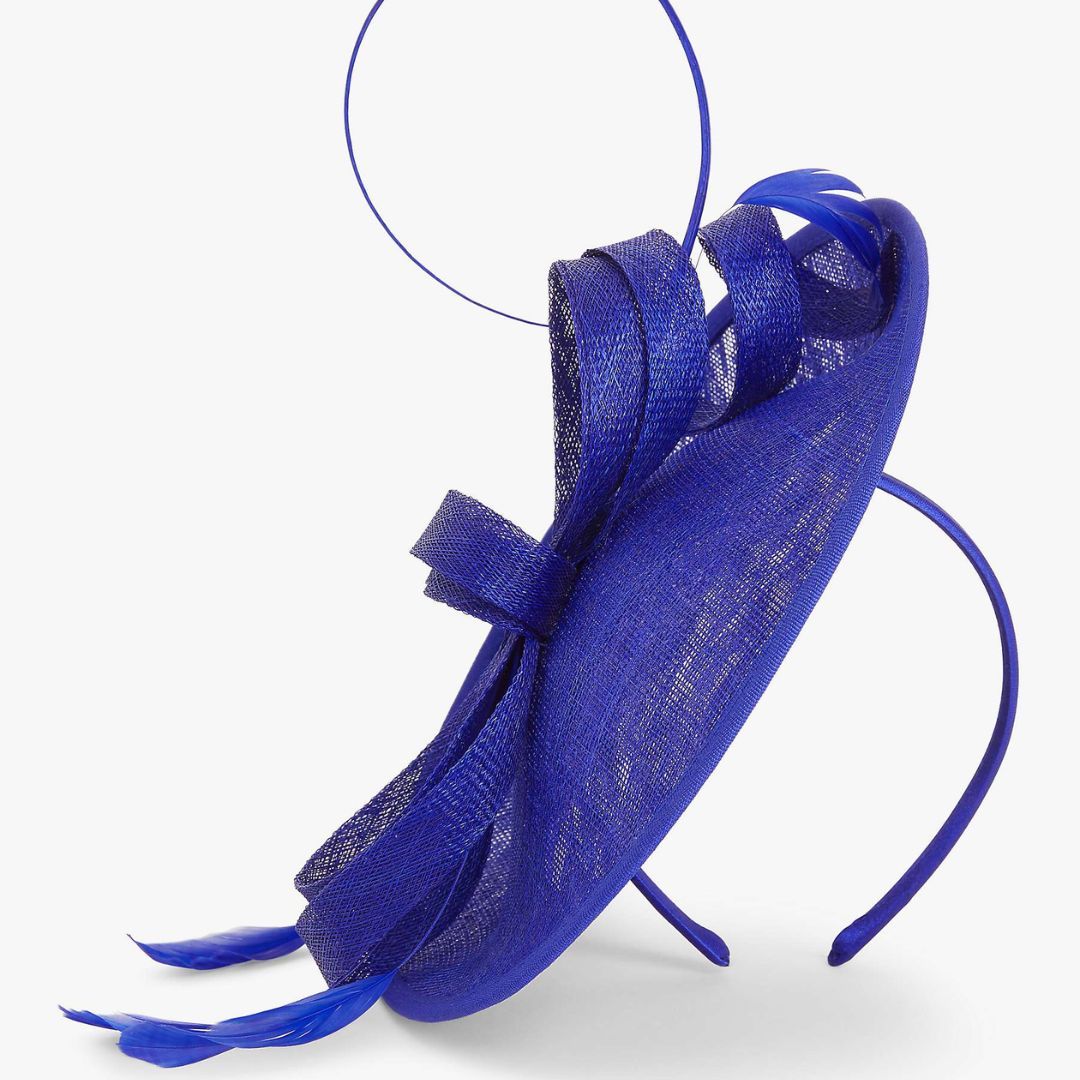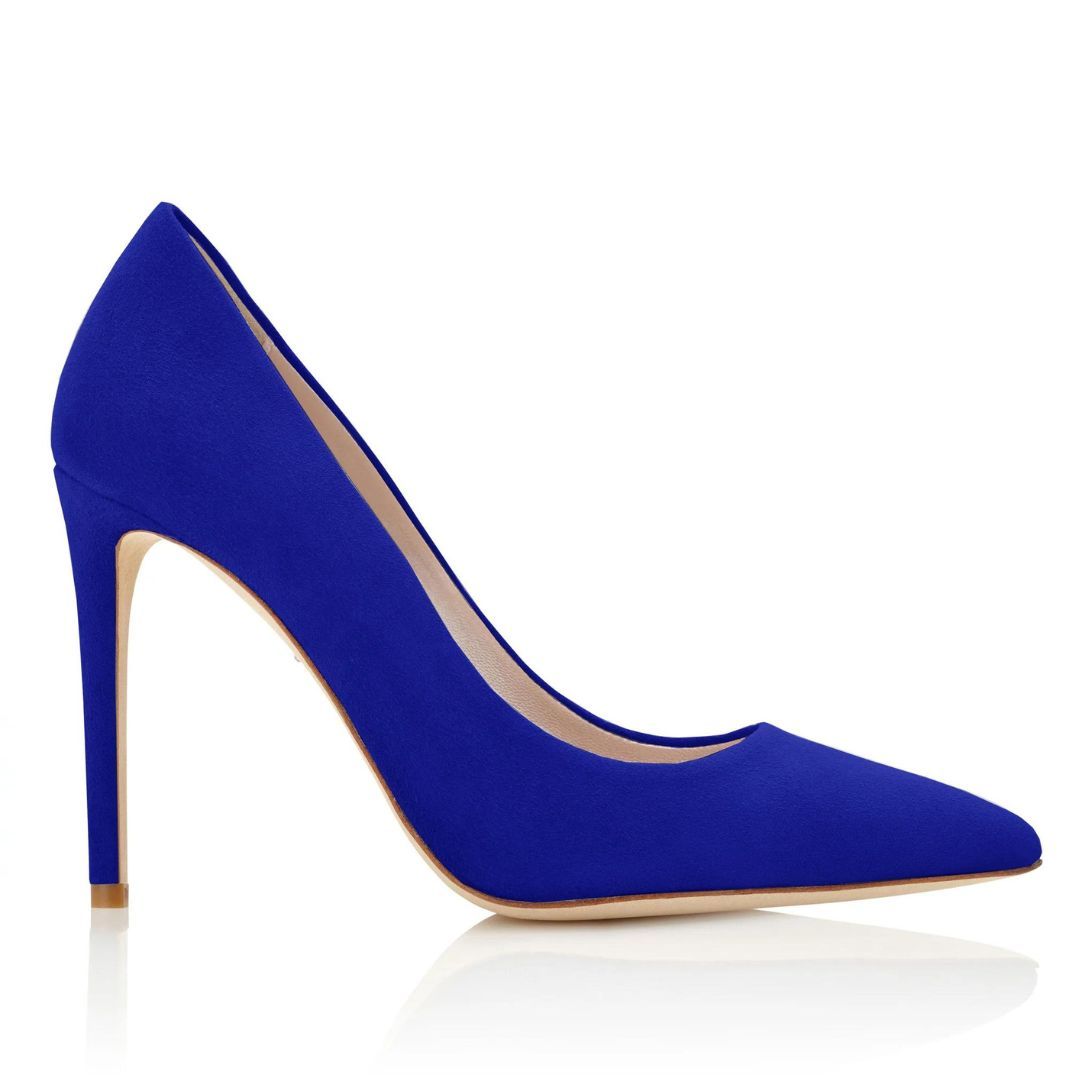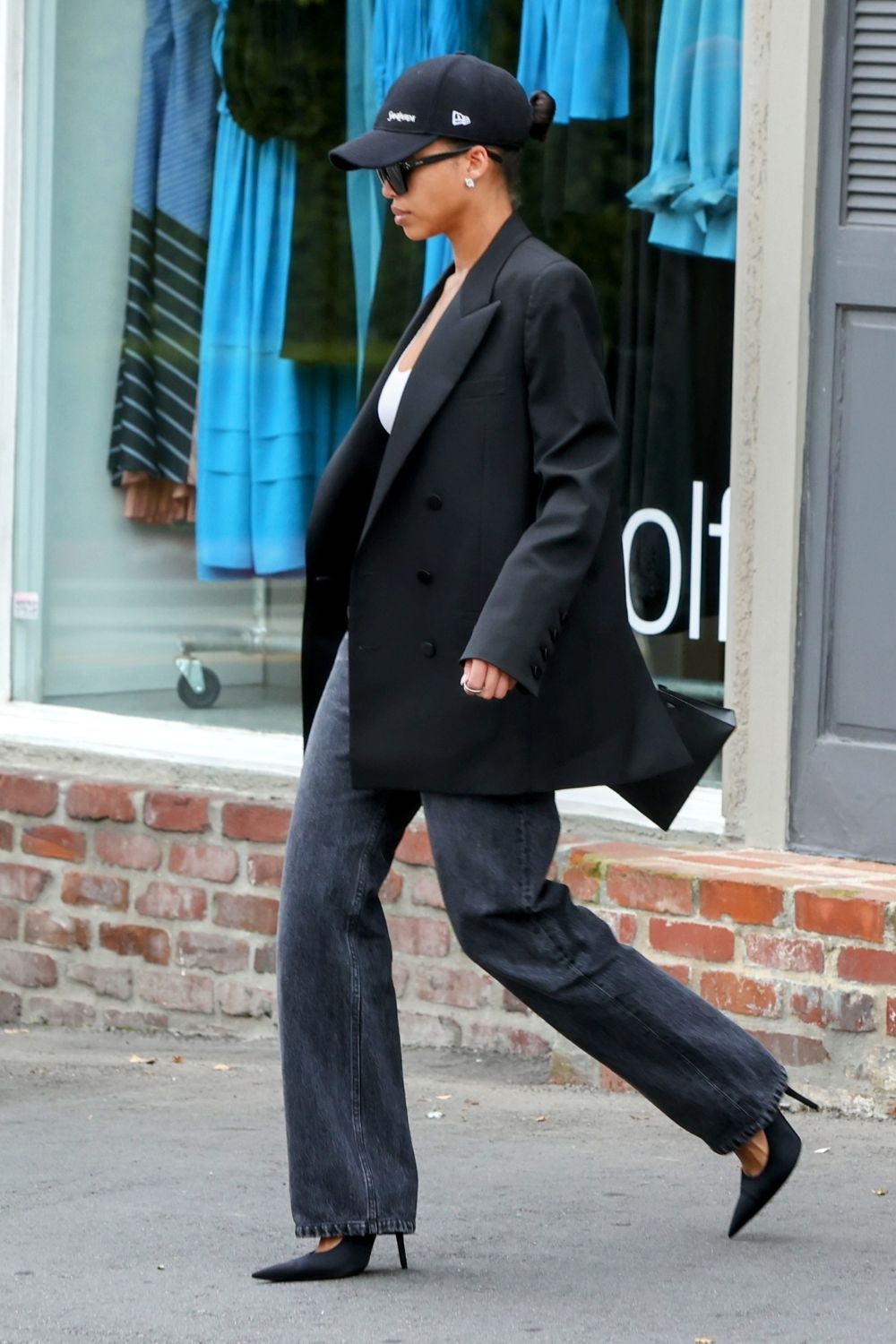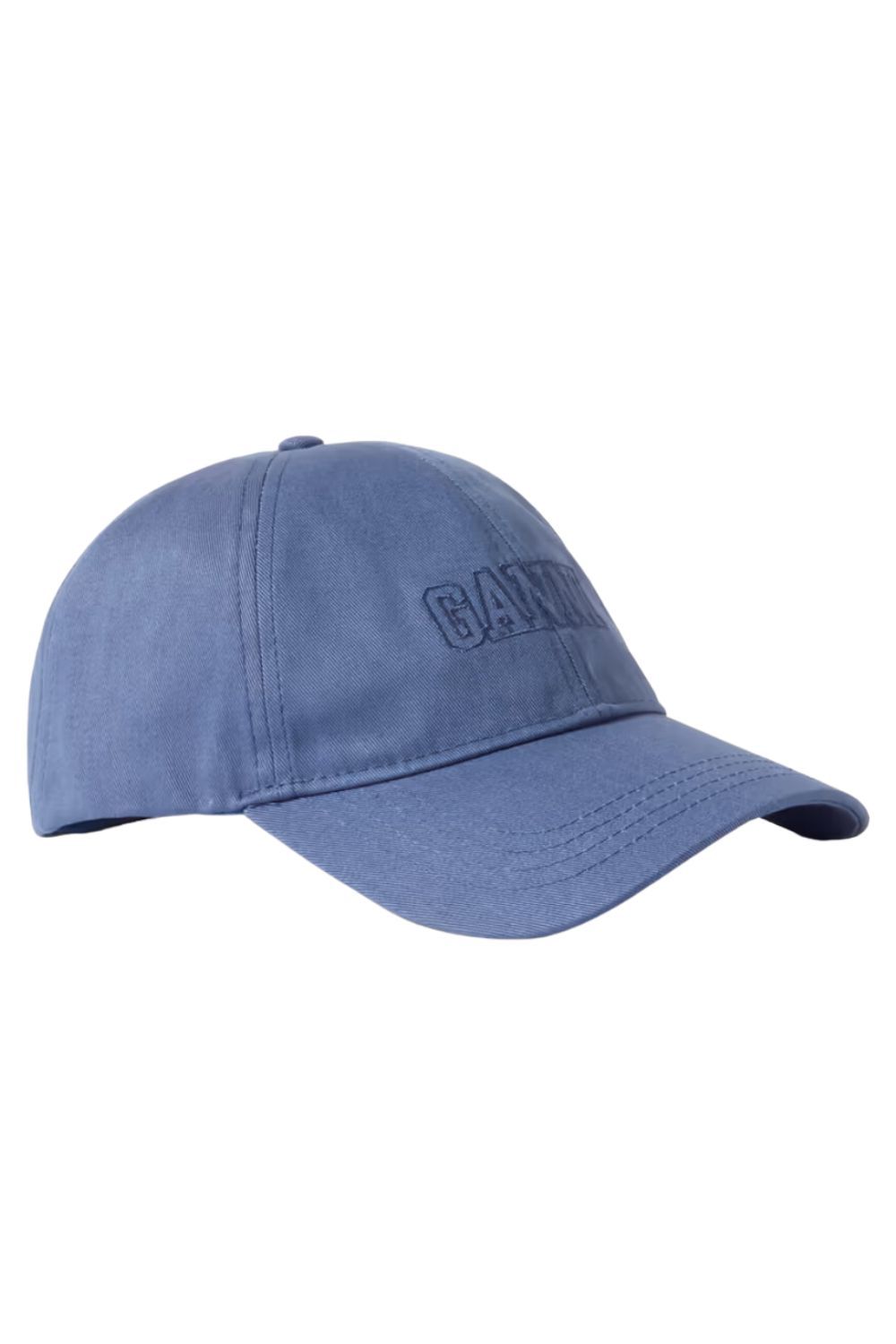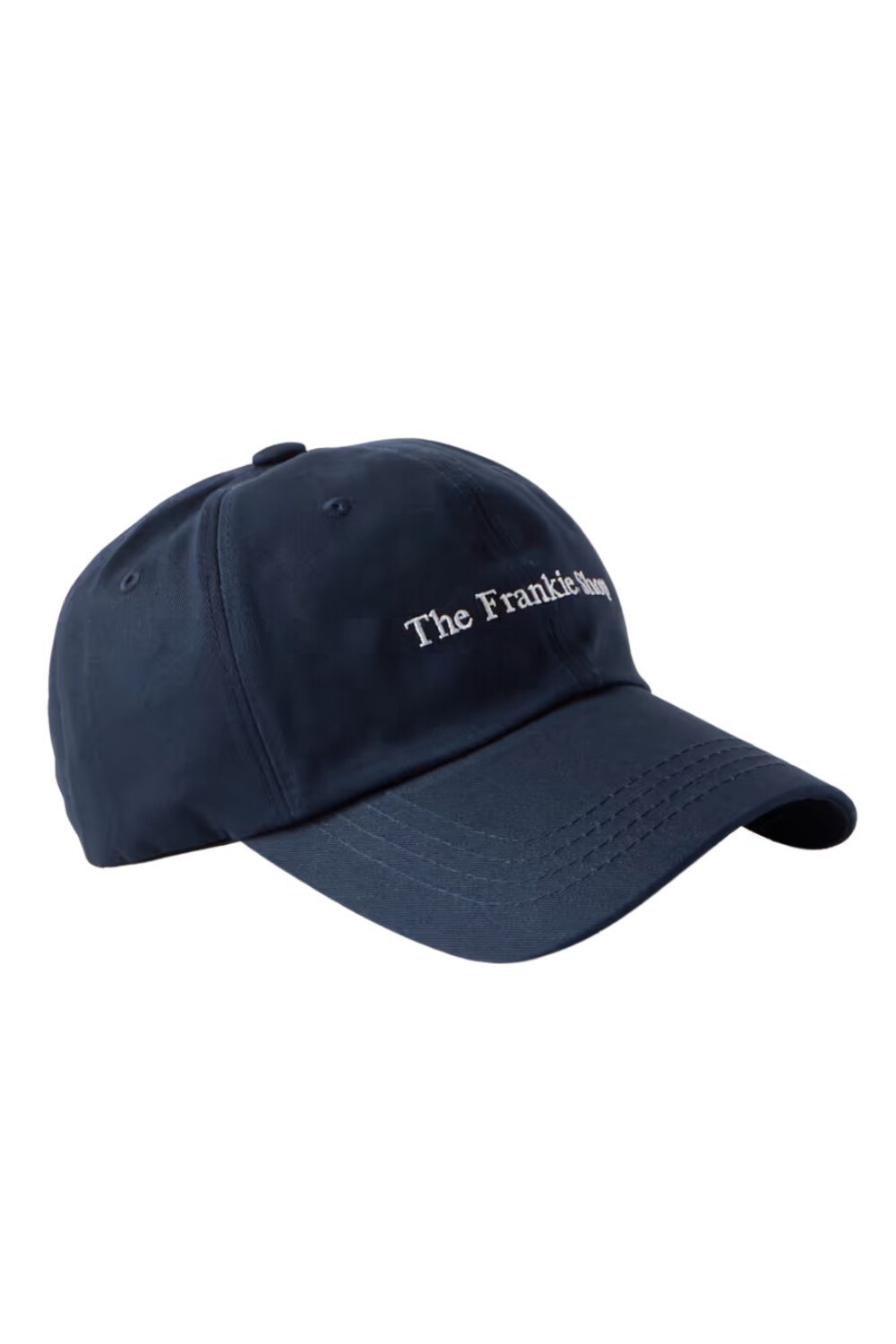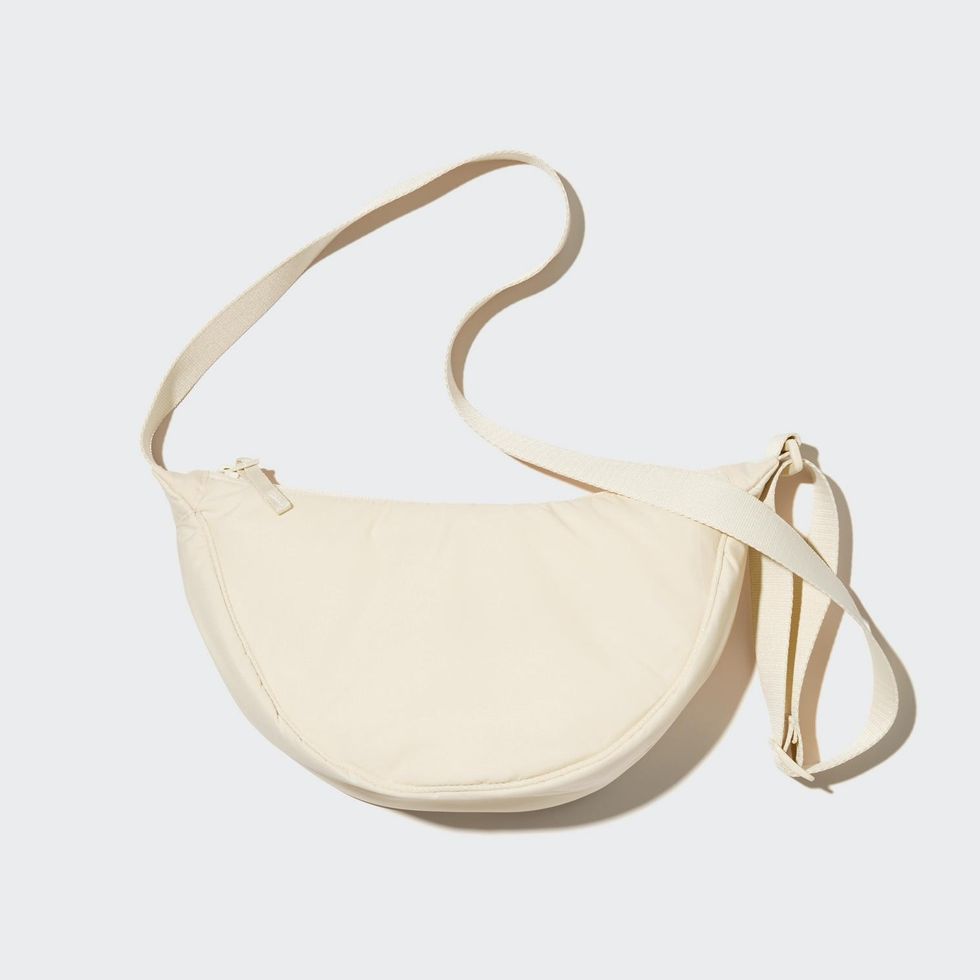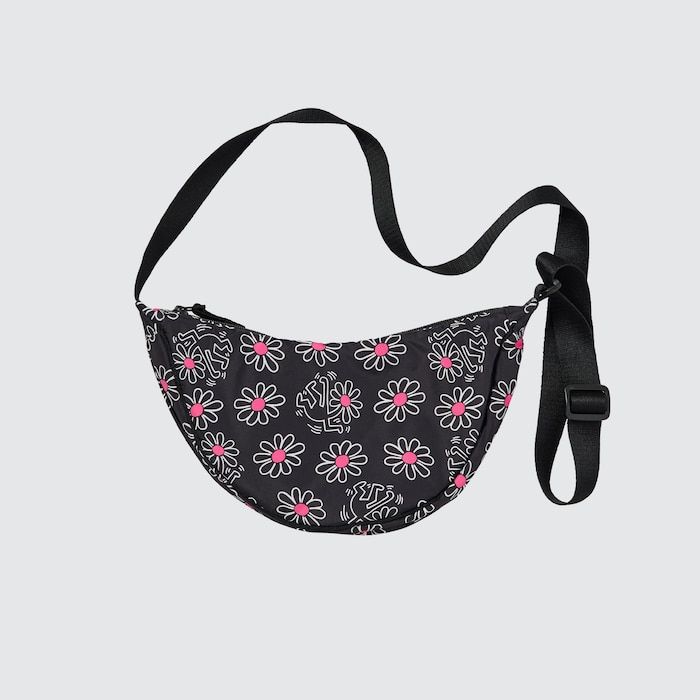One in five people will develop skin cancer at some point in their life, making it the most common type of cancer in the U.S. The majority of skin cancers are associated with exposure to ultraviolet (UV) radiation from the sun. “UV rays can damage skin cells, and in the short term this can cause a sunburn or freckles,” says Cynthia Price, M.D., a board-certified dermatologist in Phoenix. “Over time, that UV damage adds up, leading to changes in skin texture, premature skin aging and sometimes skin cancer.” In addition to spending time outdoors, exposure to harmful UV rays often comes from mundane everyday activities, like driving in your car or sitting next to an office window all day.
While people with light complexions who are prone to sunburns are at greater risk, Dr. Price explains that “people of all different skin types and tones can get skin cancer.” The good news? “Overall, we are getting better at treating skin cancers, especially melanoma,” she says. “New immunotherapies are arising that result in prolongation of life and decreased mortality.”
But it’s still far preferable to avoid these cancers in the first place, of course — and happily, there are plenty of simple ways to minimize your risk every day. Here, Dr. Price shares her tips for practicing safe sun year-round.
1. Choose a sunscreen that you truly will wear.
“Making sunscreen application a habit, just like brushing your teeth or putting on a seat belt, is important,” says Dr. Price. “I often think, If a cream can prevent cancer, why wouldn’t you wear it every day?”
It’s true, though, that it can be difficult to find a formula that feels good on your skin and doesn’t leave a white cast. Dr. Price recommends EltaMD UV Clear, which checks both boxes. “This is my favorite for patients who dislike traditional sunscreens due to their smell and thick consistency and want a sheer, transparent sunscreen,” she says. It also comes in a tinted formula (UV Daily Tinted), which Dr. Price says is a favorite among her practice’s staff.
If you prefer a sunscreen spray that can be applied on both face and body, there’s also EltaMD UV AOX Mist. “It’s a mineral, non-aerosol, water-resistant spray with a sheer finish, and it’s enriched with antioxidants to prevent signs of premature aging from forming and rejuvenate the skin,” Dr. Price says. “And the white-to-clear technology allows you to see where the sunscreen is going, which can help prevent gaps in coverage.”
Whatever sunscreen you choose, Dr. Price suggests that it be one with broad-spectrum coverage (meaning it shields against UVA and UVB rays, which can both cause skin cancers) of SPF 30 or higher.
Shop Derm-Approved EltaMD Sunscreens
EltaMD UV Clear Broad-Spectrum SPF 46
EltaMD UV Daily Tinted Broad-Spectrum SPF 40
EltaMD UV AOX Mist Broad-Spectrum SPF 40
EltaMD UV Sport Broad-Spectrum SPF 50
EltaMD UV Stick Broad-Spectrum SPF 50+
2. Use water-resistant sunscreen if you’re going to sweat or get wet.
This should be in your arsenal for active days. “EltaMD UV Sport is my choice for outdoor sports involving swimming or sweating,” says Dr. Price. “It’s water-resistant for 80 minutes, the longest a sunscreen will actually last.” Just remember to reapply after those 80 minutes are up.
A great water-resistant option for the face is the EltaMD UV Stick, which has the added benefits of being easy to apply and travel with. “It’s my recommended SPF for athletes,” says Dr. Price. “It has a lightweight feel and is non-comedogenic.” It’s ideal for areas like the nose, the lips, and under the eyes, she says, because it stays put, rather than dripping into the eyes, where it can cause burning or tearing.
3. Apply enough on both your face and body.
Applying — and reapplying — enough sunscreen is a must in order to thoroughly protect our skin. Dr. Price suggests slathering approximately one shot glass (two tablespoons) of sunscreen on the body and a half-teaspoon, or two finger lengths, on the face.
4. Don’t overlook oft-forgotten areas.
There are places that are easy to miss when you’re applying sunscreen — but they’re all just as vulnerable to UV rays. So don’t forget to cover your ears, your lips, around the eyes, your scalp, the tops of your feet and the backs of the calves.
5. Seek shade when possible, and boost your protection with clothing and accessories.
When you can’t find cover, consider wearing clothes with ultraviolet protection factor (UPF) in addition to applying sunscreen. “I like the brand Coolibar, which offers a wide variety of sun-protective clothing that is actually fashionable,” says Dr. Price. “And while out in the sun, always wear a wide-brimmed hat and UV-protected sunglasses.”
6. Conduct self-exams on your body and face
One of the best ways to detect skin cancer early is with regular self-examinations. These should always be thorough — Dr. Price notes that due to genetics, “skin cancer, especially melanoma, can come in areas where sun doesn’t normally shine, like the buttocks, the vaginal area, the bottoms of the feet, the backs of the eyes and the top of the hard palate in the mouth.”
When performing an exam, the aim is to “make sure moles have stayed the same in appearance since your last inspection,” says Dr. Price. The ABCDEs of melanoma can help you know what else to look for:
Asymmetry: Irregular shape
Border: Blurry or irregularly shaped edges
Color: Mole with more than one color
Diameter: Larger than a pencil eraser (six millimeters)
Evolution (this is the most important sign): Enlarging or changing in shape, color or size
7. Visit your dermatologist for an annual full-body skin-cancer screening.
An examination conducted with special lights and tools such as dermoscopy (a handheld light that enhances a doctor’s view of the skin) can help detect skin cancer early. “If we find pre-skin-cancer, such as a dysplastic nevus, before it becomes a melanoma, this means better survival rates and smaller scars,” says Dr. Price. “This is especially important when we are talking about your nose, eyelid or ear — areas where these scars can be disfiguring.”
8. Know your Fitzpatrick skin type and understand your risk.
The Fitzpatrick scale is a way of classifying skin type by the amount of pigment it has and how it reacts to the sun. There are six types, and you can determine yours by looking at your skin, eye and hair colors. Types 1 and 2 (typically those with fair complexions, blue or green eyes, and blond or red hair) have the highest risk for skin cancer. “In general, the more pigment or melanin you have, the lower your overall risk of skin cancer is,” says Dr. Price. “However, darker-skinned patients generally have later diagnoses or more aggressive cancers at initial presentation because of the fallacy that they are immune to skin cancer. Skin cancer happens in all skin types.”

Daley Quinn is a Connecticut-born, Texas-bred beauty and wellness writer living in New York City. Her work has appeared in Family Circle magazine, WWD.com, TheCut.com, TheFinancialDiet.com, and San Antonio magazine. In her off hours, you can find Daley stalking her queen, Vanessa Carlton. You can find more of her work on her website or check out her blog, The Daley Dose.




















